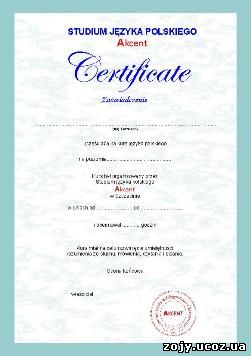
Obrazci Sertifikatov Ob Okonchanii Kursov Anglijskogo Yazika
3d modeli futbolistov 1. Free 3d models download, available file formats in 3ds, max, c4d, obj, maya, blend, fbx, ztl, lightwave and more. Some of these 3d models are low polygon and ready for animation, game, rigged, virtual reality or any 3d visualization project. Free 3D Models, TF3DM is the go to place where you can share your free 3d assets and download instantly any you like. TF3DM hosts 15.000+ 3d models, in various formats for BLENDER, OBJ, 3DS, C4D, MAX, MAYA, which you can download absolutely for free. Free 3D Models Available for Download. Thousands of free 3D models available for download. Files available in all major formats - 3ds, max, fbx, obj, c4d, maya. Unrivaled selection of premium 3D models also available for purchase, prices starting under $5. The place to share and download SketchUp 3D models for architecture, design, construction, and fun. Free 3D Models,3D Model Download,Free 3D Models Download,3D Model Libraries Free Download, 3D Mili - Download 3D Model - Free 3D Models.
ZAHTEVA ZA VERIFIKACIJO NEIZPLAČANE STARE DEVIZNE VLOGE REQUEST FOR THE VERIFICATION OF AN UNPAID OLD FOREIGN-CURRENCY SAVINGS I. PODATKI O UPRAVIČENCU / DATA OF THE BENEFICIARY (ime in priimek oziroma naziv) / (name and surname/company name) (kraj rojstva) / (place of birth) (datum rojstva DD/MM/LLLL) / (date of birth DD/MM/YYYY) (ime in. Principialjnuyu shemu zaryadnogo ustrojstva orion pw260. We would like to show you a description here but the site won’t allow us.
Abstract The hypersonic effect is a phenomenon in which sounds containing significant quantities of non-stationary high-frequency components (HFCs) above the human audible range (max. 20 kHz) activate the midbrain and diencephalon and evoke various physiological, psychological and behavioral responses. Yet important issues remain unverified, especially the relationship existing between the frequency of HFCs and the emergence of the hypersonic effect. In this study, to investigate the relationship between the hypersonic effect and HFC frequencies, we divided an HFC (above 16 kHz) of recorded gamelan music into 12 band components and applied them to subjects along with an audible component (below 16 kHz) to observe changes in the alpha2 frequency component (10–13 Hz) of spontaneous EEGs measured from centro-parieto-occipital regions (Alpha-2 EEG), which we previously reported as an index of the hypersonic effect. Our results showed reciprocal directional changes in Alpha-2 EEGs depending on the frequency of the HFCs presented with audible low-frequency component (LFC). When an HFC above approximately 32 kHz was applied, Alpha-2 EEG increased significantly compared to when only audible sound was applied (positive hypersonic effect), while, when an HFC below approximately 32 kHz was applied, the Alpha-2 EEG decreased (negative hypersonic effect). These findings suggest that the emergence of the hypersonic effect depends on the frequencies of inaudible HFC.
Citation: Fukushima A, Yagi R, Kawai N, Honda M, Nishina E, Oohashi T (2014) Frequencies of Inaudible High-Frequency Sounds Differentially Affect Brain Activity: Positive and Negative Hypersonic Effects. PLoS ONE 9(4): e95464.
Editor: Joel Snyder, UNLV, United States of America Received: November 15, 2013; Accepted: March 26, 2014; Published: April 30, 2014 This is an open-access article, free of all copyright, and may be freely reproduced, distributed, transmitted, modified, built upon, or otherwise used by anyone for any lawful purpose. The work is made available under the Creative Commons CC0 public domain dedication.

Funding: This work was partly supported by JSPS KAKENHI Grant Number 22240049 and by MEXT KAKENHI Grant Number 22135008 for MH. This work was partly supported by JSPS through the “Funding Program for Next Generation World-Leading Researchers” for EN, initiated by the Council for Science and Technology Policy. The funders had no role in study design, data collection and analysis, decision to publish, or preparation of the manuscript. Competing interests: The authors have declared that no competing interests exist. Introduction It is generally accepted that humans cannot perceive air vibrations in the frequency range above 20 kHz as sound.